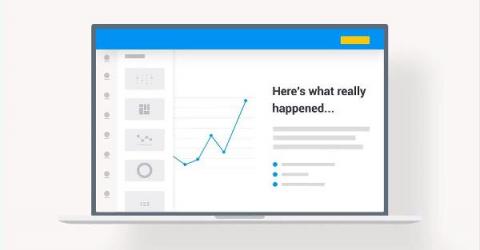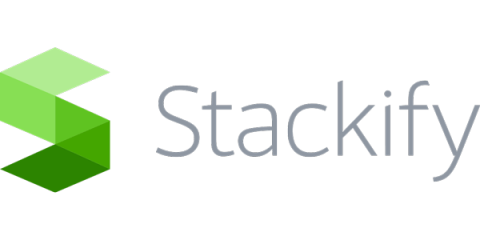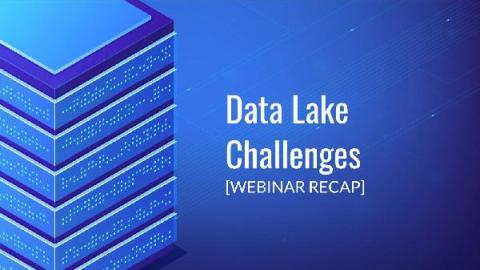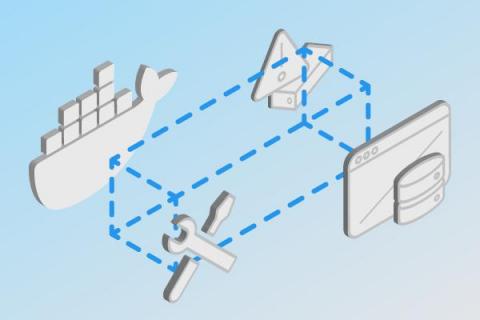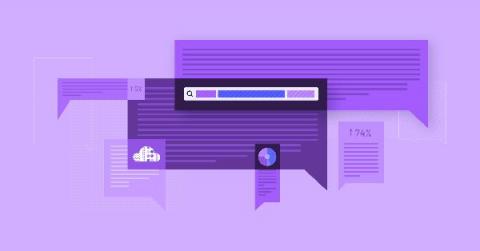What is data storytelling? The value of context & narrative in BI
By 2025, Gartner predicts data stories will be the most widespread way of consuming analytics. It’s far from a fad - it’s a part of modern analytics you can’t afford to overlook. However, are you still unsure of what data storytelling is, or why there's a sudden buzz?


